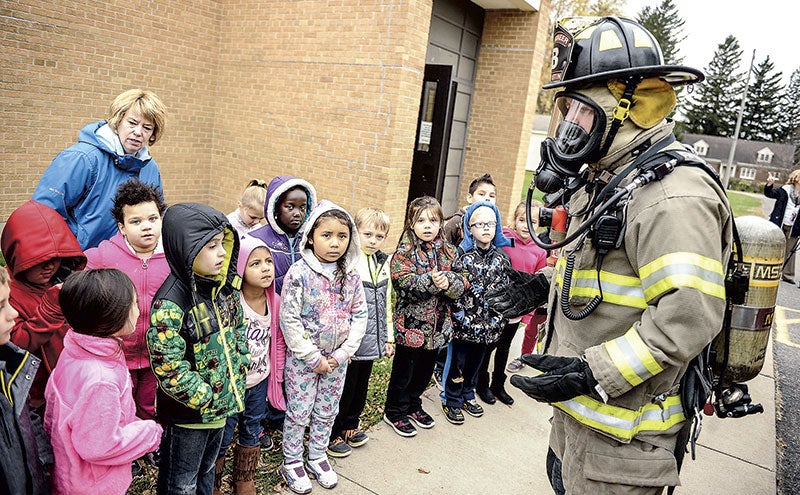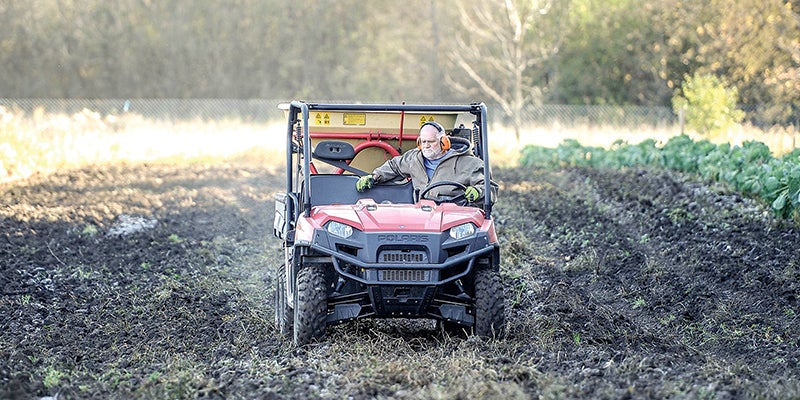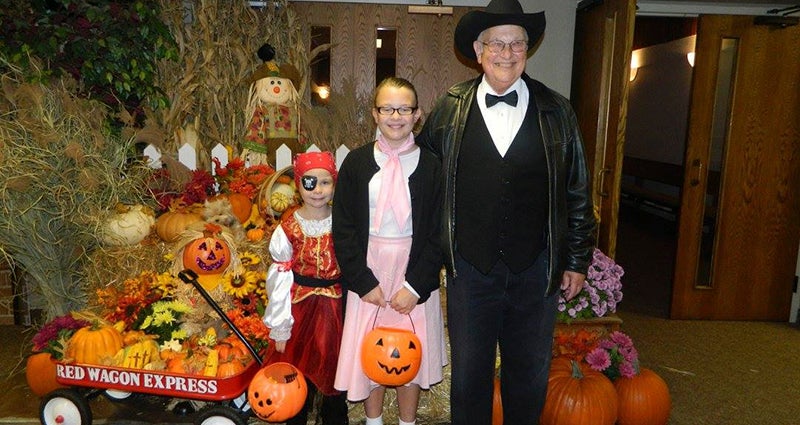Wellness refreshed
Published 5:21 pm Saturday, September 24, 2011
Although the two Mower Refreshed co-chairs couldn’t agree on exactly how the health initiative was formed, they both thought it was a huge step in the right direction.
“It was really my idea,” co-chair and Mower County Public Health Director Margene Gunderson said jokingly.
Jokes aside, Gunderson said it was a culmination of a lot of things happening simultaneously.
“People were talking in a room and all of a sudden said, ‘well, wait a minute. Why don’t we do this.’ And so we did.”
Co-chair Adam Rees, chief administrative officer at Mayo Clinic Health System in Austin, explains that a steering committee of health leaders was brainstorming ways to improve the community’s overall wellness.
“We needed a name to label what we were doing,” he said. “Mower Refreshed rose up, and it really was a collaborative approach to come up with that.”
That happened in June 2010.
On Friday, local health officials met for the second annual Community Health and Wellness Summit to discuss the Mower Refreshed initiative. The group, led by coordinator Sandy Anderson of Mayo Clinic Health System in Austin, has launched a plethora of health projects over the past year. From Sprouts, a children’s gardening and cooking project sponsored by Hy-Vee, to an ongoing urban gardening event at the Mower County Senior Center, from mental health for all ages to health options for employers, Mower Refreshed has benefited the community in ways many don’t realize, Rees said.
“In a way, we’ve been in stealth mode this past year,” he said. “We’re very fortunate that our goal groups moved forward with things like the Sprouts initiative. But now, it’s really how can we put up some sort of framework so people realize that as a community we’re coming together and these are actually interconnected? We need programs to help our young people, our old people, work people, all ethnicities to frankly improve their health status.”
The group split its first-year objectives into four categories, or “goal groups”; achieving a healthy lifestyle, reducing anxiety and stress, helping employers create a healthier workplace, and making health services more accessible for everyone in the community.
Gunderson said not any one program stood out, but the successful part is it’s grass roots.
“There’s 101 different things that could have been on that list, but what’s important is that community members chose those things and there was energy and passion,” she said. “They’re achievable, sustainable, and that’s what’s exciting about the deliverables in any of those four groups.”
For Austin Public Schools Superintendent David Krenz, who attended the summit Friday, the key word for Mower Refreshed is collaboration, as the school partners with each of the four goal groups.
“Many of our staff are involved at the planning and implementation level, and we’ll continue to do that” Krenz said. “I think this is a very important continuation of what was started last year.”
Dr. Paul Targonski, associate professor of medicine at Mayo Graduate School of Medicine, spoke at the summit, calling the group Mower County’s “not-so-secret weapon.”
“To see the depth that (Mower Refreshed) has and the level of commitment is fantastic,” Targonski said. “It’s not so much any one individual aspect, as it is the commitment that each of these organizations puts forth, and I think that’s what will distinguish this community.”
Rees said funding will be important going forward.
“Getting additional funding is critical because this is truly a grass roots effort,” he said. “We know for it to be long term and sustainable, we really need to get other funding.”
Rees said Mayo has contributed somewhere between $100,000 and $200,000 to the project, and the group is writing grants, as some projects discussed don’t have funding yet.
As the initiative moves forward, Rees said it is important to gauge its success. Mower County ranked 43rd out of 85 Minnesota counties measured in a health survey conducted in 2011. Over time, Rees said, they would like to see those numbers improve and reduce obesity in the county.
But there are also subjective measures, he said.
“We also recognize that part of this is people’s perceptions,” he said. “Those can be measured through certain survey techniques. … Interestingly enough, if people actually feel more positive about themselves, frequently their health outcome improves, too.”
Gunderson said she sees the program catching on elsewhere.
“I think this will be a national model,” Gunderson said. “I think there are communities trying to do this, and it’s difficult work. If we can get the ingredients right, and do this right, it will be a model for other communities to use across the nation.”




